Ask a coach: ‘What are my chances of bonking if I wait for the cafe stop to fuel my long rides?’
We often hear the advice ‘little and often’ - but what is really going on inside our bodies when we fuel just the cafe stop versus throughout the whole ride?
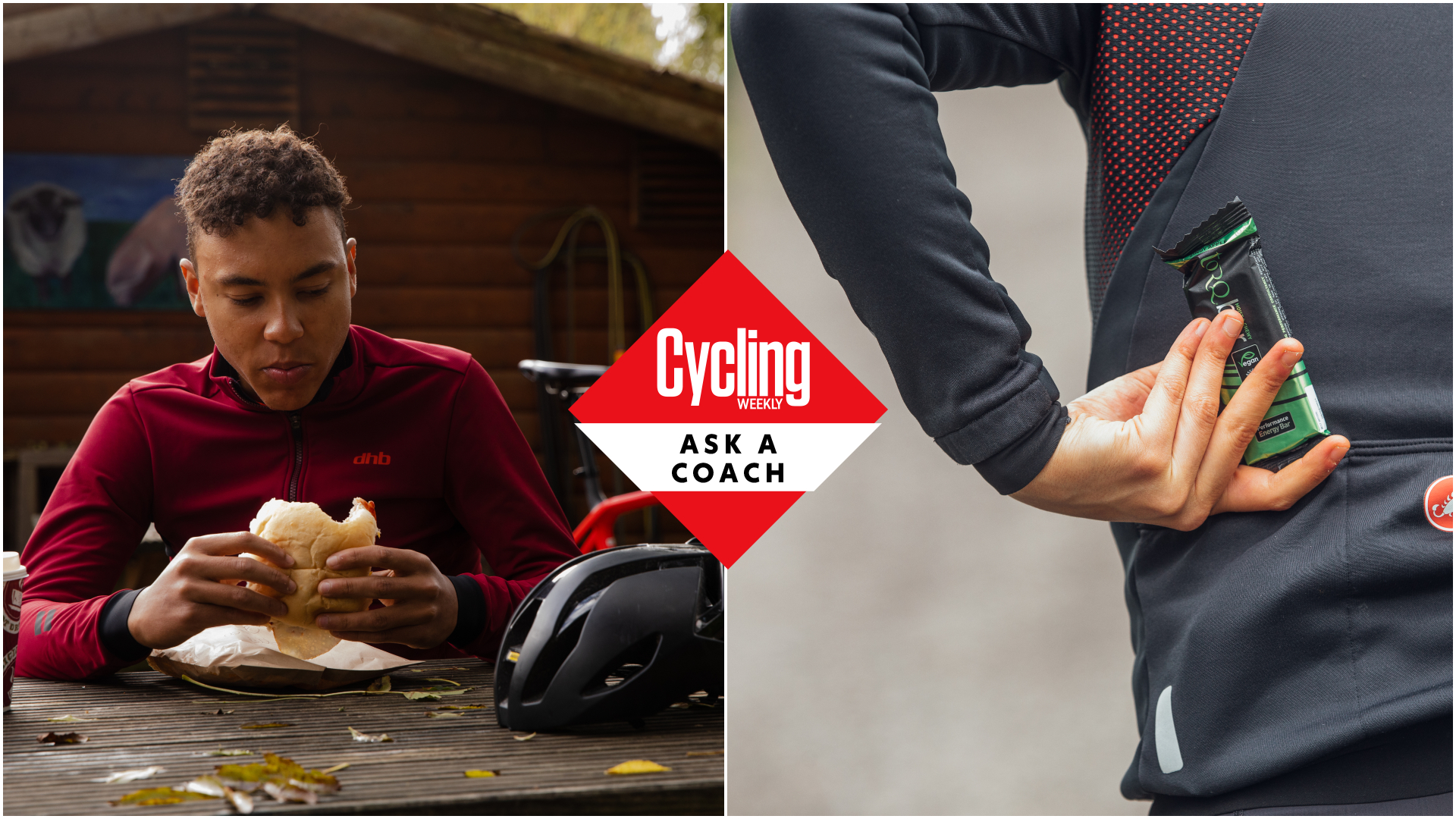

We all have the one café that serves our favourite cake… in my case, it’s a big slice of treacle tart. But is that sizable slice of heaven enough fuel for a long ride?
Whether you’re going on a cycling club group ride or just with some mates, quite a lot of us will have plans for packing in a long ride at the weekend to build up our cycling endurance.
Now, I am not here to tell you to not enjoy your favourite pastry when you stop mid-ride, but what are the consequences if you use that stop as your only intake of fuel?
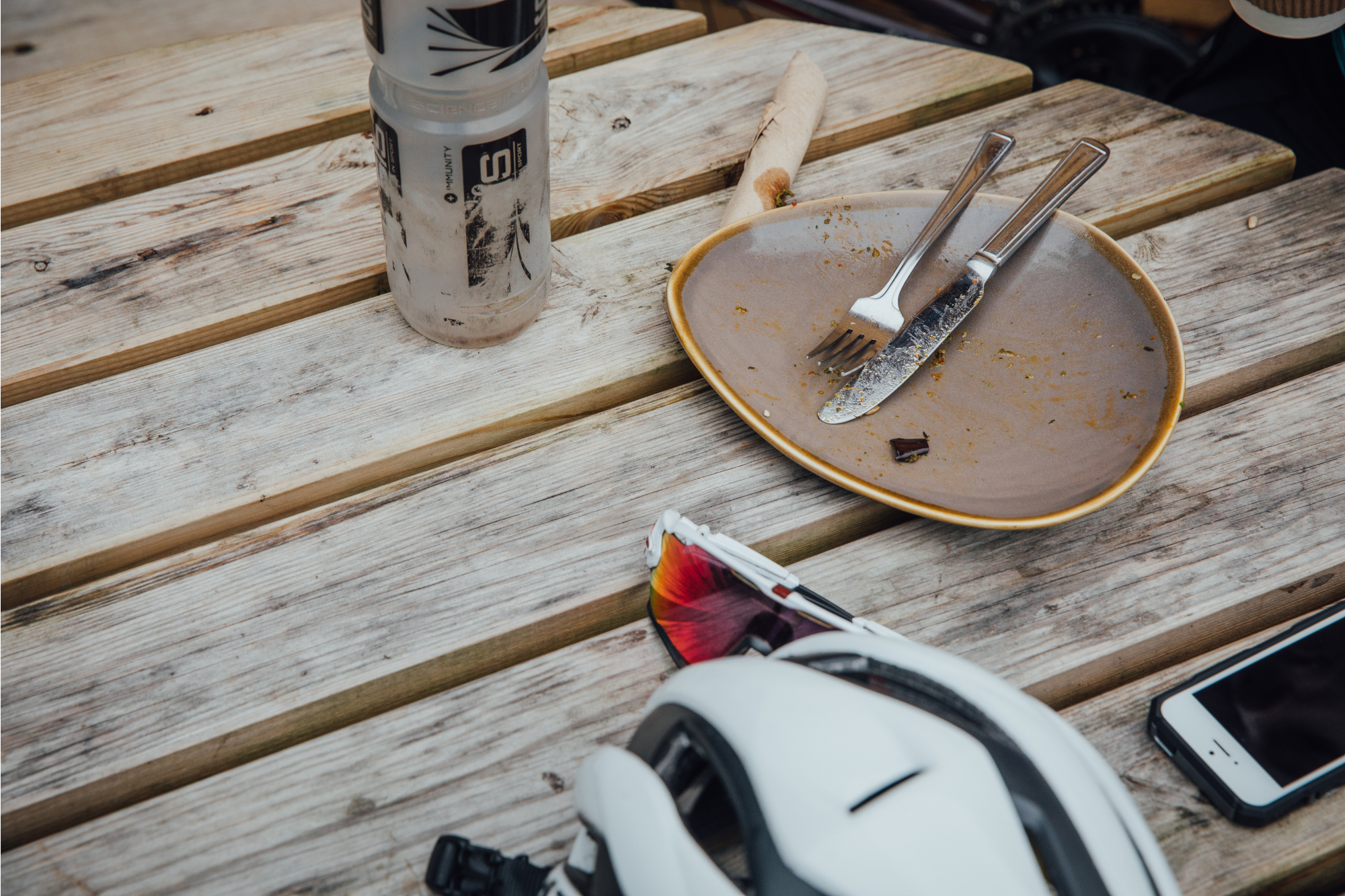

Sports scientist and coach James Spragg is one of the experts who will be answering your questions in Cycling Weekly's ASK A CYCLING COACH series which comes out every Wednesday. Working both in research and applied settings, he currently runs Intercept Performance Consultancy.
Knowing how to fuel for long distance rides is key for getting round your planned loop.
When we exercise, we have two main sources that we can produce energy from: carbohydrates and fats. Carbohydrates are simply lots of sugar molecules stuck together. As the intensity at which we are cycling increases, we use more and more carbohydrates until we are almost totally reliant on carbohydrates as a fuel source. We do this because to produce a given power, we need to use less oxygen when ‘burning’ carbohydrates compared to when we are relying on fats. To only burn fat, we would need to be exercising at a very low intensity – in reality, during a long ride we use both.
Now, even the leanest of professionals has ample fat suppliers to get them through the longest of rides, but we all only have limited carbohydrate stores.
We store carbohydrates in our liver and muscles in the form of glycogen, and we also have a little bit of sugar within the bloodstream. When we exercise the glycogen in our muscles is used. However, if muscle glycogen levels become too low, we will start to struggle to produce the same sort of power outputs we were easily capable of at the start of the ride.
Get The Leadout Newsletter
The latest race content, interviews, features, reviews and expert buying guides, direct to your inbox!
To stop this from happening, as we ride, the glycogen stored in our liver is converted into sugar and drip fed, via our bloodstream, to our leg muscles.
If we don’t eat during a long ride we eventually simply run out of fuel, become glycogen depleted, and experience hypoglycaemia – that horrible ‘bonk’, of which shaking, cold sweats, complete lack of energy and a detour to the nearest garage for a bottle of coke and a bag of haribo are the tell-tale symptoms.
So, it should be pretty obvious that it’s a good idea to take in some carbohydrates during a longer ride. But what is the best way to do that?
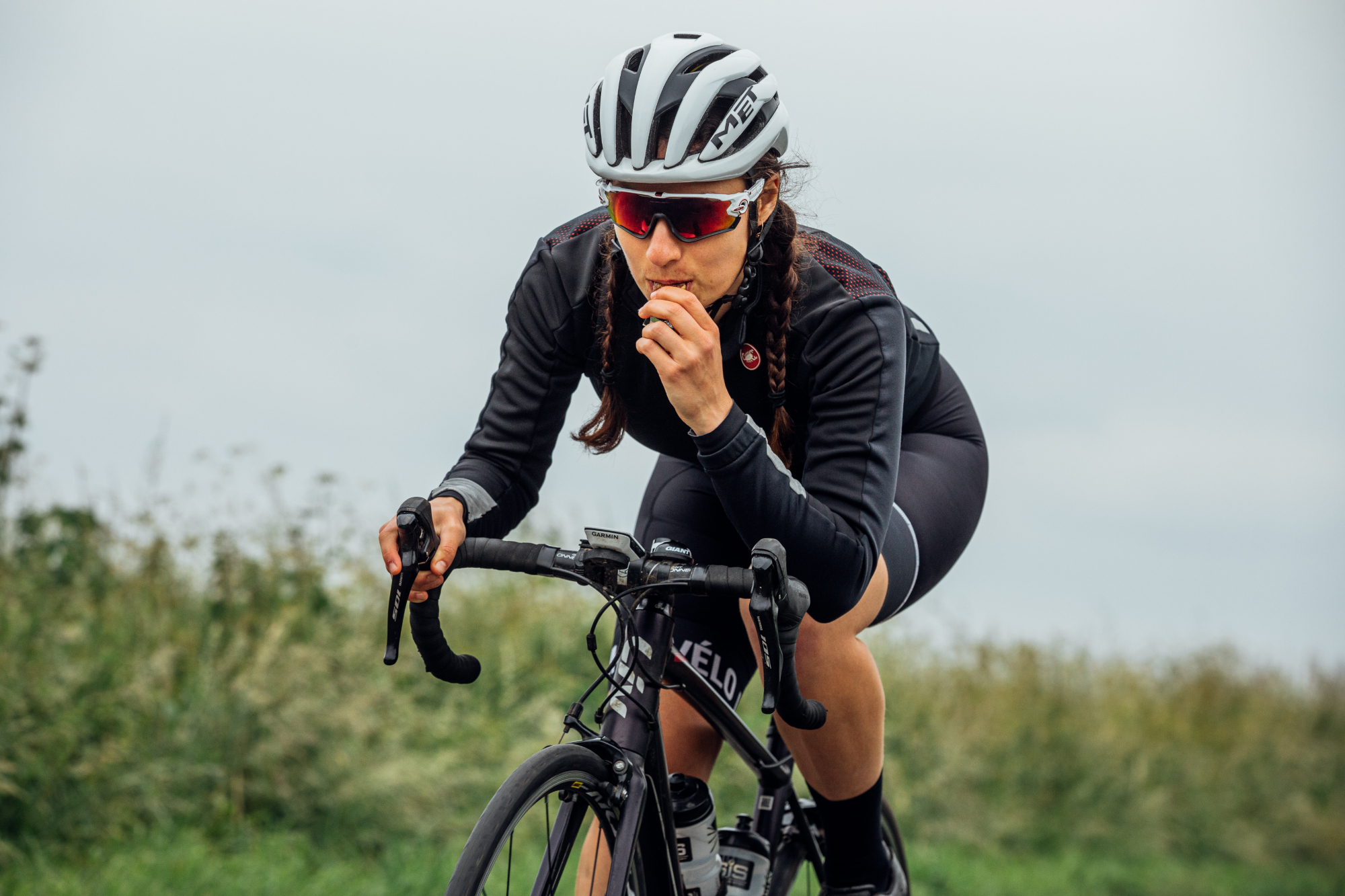
Whenever we eat a bar or gel, the carbohydrates therein need to go on quite a journey before they can be used to produce power at the pedals. Firstly, they need to be chewed and swallowed before entering the digestive system. They then need to be transferred from the digestive system into the blood before travelling either straight to the leg muscles, or more likely, to the liver where they are processed into glycogen to be used later.
This entire process takes time. The bottleneck in the entire system is how quickly the carbohydrates can pass from the digestive system into the bloodstream. Depending on which sugars we eat the average amateur cyclist can only process roughly 30-60g per hour of carbohydrates - professional cyclists can process more because they have trained their bodies to do so.
To put that into context for an amateur cyclist riding at 200w, 30g of carbohydrate provides less than 10 minutes worth of energy. You only get this 10 minutes worth of energy regardless of how much you eat. You could be eating lots but that is all your body is able to process.
If you go out on a long ride and don’t eat anything before the cafe stop you will, likely, already be glycogen-depleted before you even sit down for your coffee. Even if you then eat the biggest slice of the sweetest cake available, your body will only be able to turn deliciousness into around 10 minutes worth of energy per hour for the rest of your ride.
A far better approach is to fuel little and often. Your body might not be able to extract an awful lot of energy from the food you eat on the bike (and that is why it is so important to leave the house having fuelled properly - for a particularly big or hard ride, the fueling should start the day before with ‘carb loading’) but it still makes sense to maximise what your body can process, and drip feed your muscles with carbohydrates throughout your ride.
I would suggest you aim to eat little and often and aim for around 30-50g of carbohydrates per hour; ideally a mix of glucose and fructose (check the nutritional information on your energy bars). You can do this via a mix of the best energy drinks, energy bars and energy gels, but aim to eat something every 20 to 30 minutes.
This will get you home feeling much better and most importantly able to drop your mates on the last climb of the day…

Thank you for reading 20 articles this month* Join now for unlimited access
Enjoy your first month for just £1 / $1 / €1
*Read 5 free articles per month without a subscription

Join now for unlimited access
Try first month for just £1 / $1 / €1
James Spragg is a sports scientist and coach, working both in research and applied settings. When not working with athletes James can be found skiing, climbing, cycling or drinking coffee!
Alongside Dan Lorang and Peter Leo, James runs Intercept Performance Consultancy. Over the last 8 years in various roles, as coaches, performance consultants, performance managers, and sports scientists, Dan, James and Peter have played a role in helping athletes achieve more than 10 World Championship titles, several Olympics medals (including a Gold and Silver Medal in Tokyo 2020) and several Top 5 results in some of the biggest sporting events on the planet (Tour de France, Olympics, World and European Championships). Our single focus is on improving performance in all settings.
-
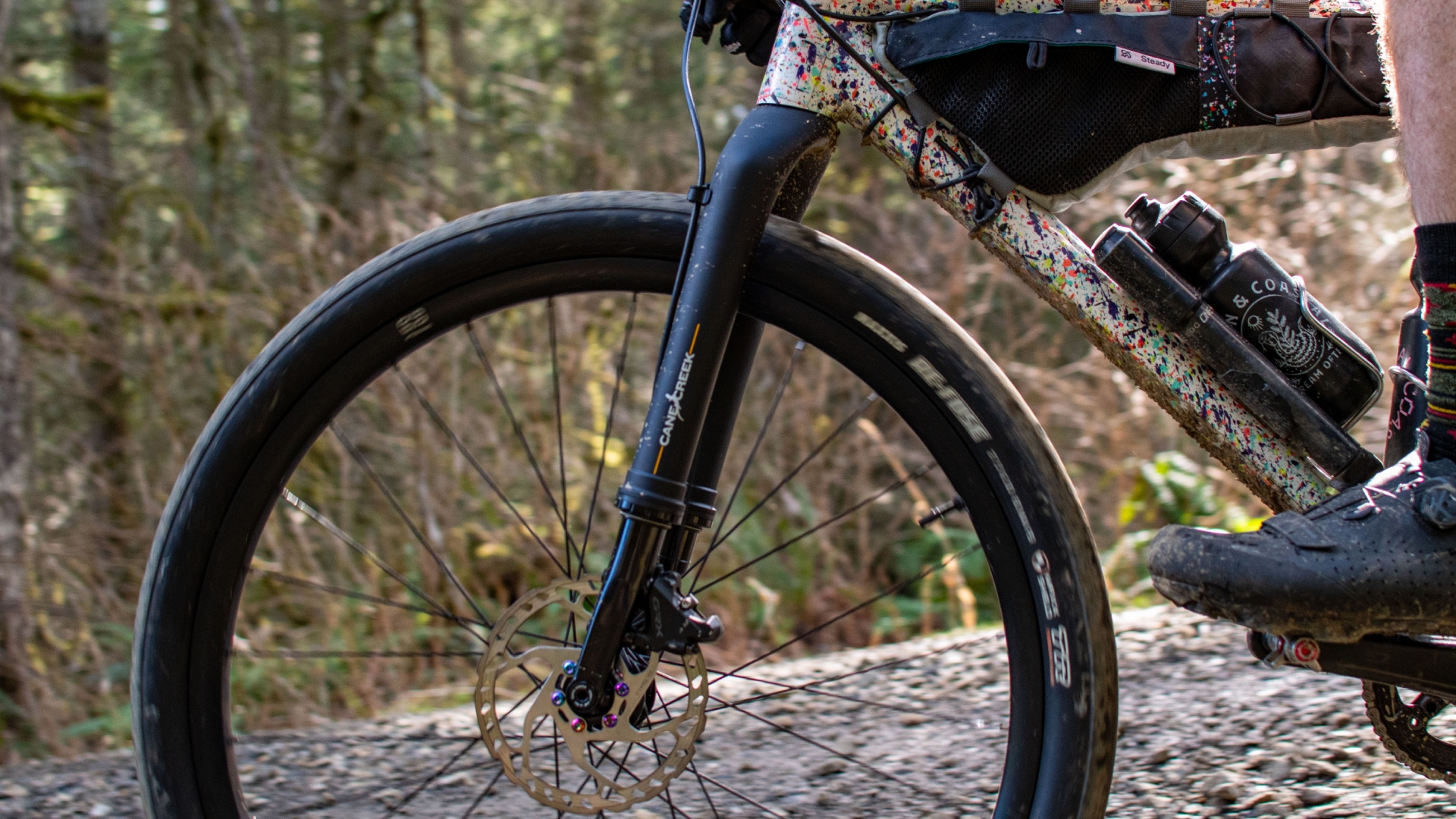 Review: Cane Creek says it made the world’s first gravel fork — but what is a gravel fork, and how does it ride?
Review: Cane Creek says it made the world’s first gravel fork — but what is a gravel fork, and how does it ride?Cane Creek claims its new fork covers the gravel category better than the mini MTB forks from RockShox and Fox, but at this price, we expected more.
By Charlie Kohlmeier
-
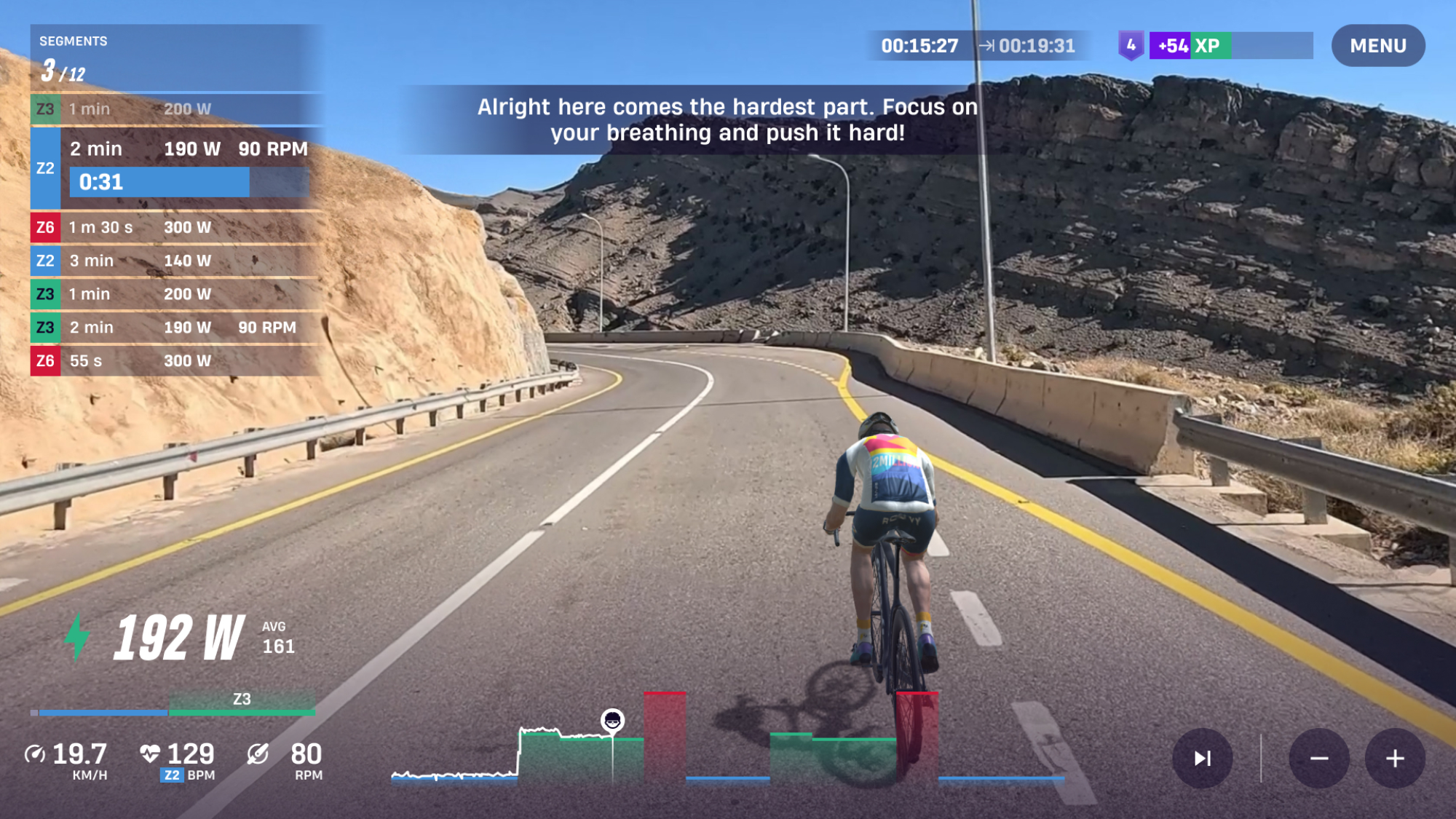 ROUVY's augmented reality Route Creator platform is now available to everyone
ROUVY's augmented reality Route Creator platform is now available to everyoneRoute Creator allows you to map out your home roads using a camera, and then ride them from your living room
By Joe Baker